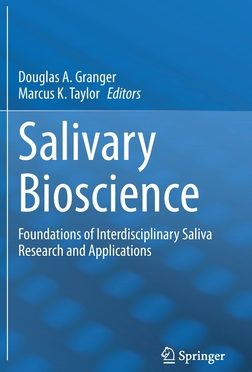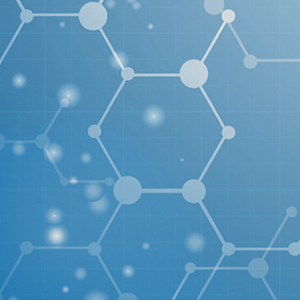
“Salivary Bioscience” reveals foundation of knowledge of a high-impact interdisciplinary field
“If ever there was a time when monitoring infectious disease exposure was a hot topic, it is now.” Referencing his colleague Chris Heaney, associate professor in the Department of Environmental Health, Bloomberg School of Public Health at Johns Hopkins University, UC Irvine Chancellor’s Professor Douglas A. Granger says in a recent interview, “Before this most recent outbreak [of coronavirus] was dominating the news, our collaborative research efforts were focused on monitoring exposure to infectious diseases in population settings.”
Heaney’s research group uses saliva as a minimally invasive alternative biospecimen to blood sampling, which is why “The Utility of Antibodies in Saliva to Measure Pathogen Exposure and Infection” is Chapter 13 of “Salivary Bioscience: Foundations of Interdisciplinary Saliva Research and Applications,” which was edited by Granger and Marcus K. Taylor, a UCI faculty affiliate and American College of Sports Medicine Fellow.



 Wednesday, September 21, 2016
Wednesday, September 21, 2016